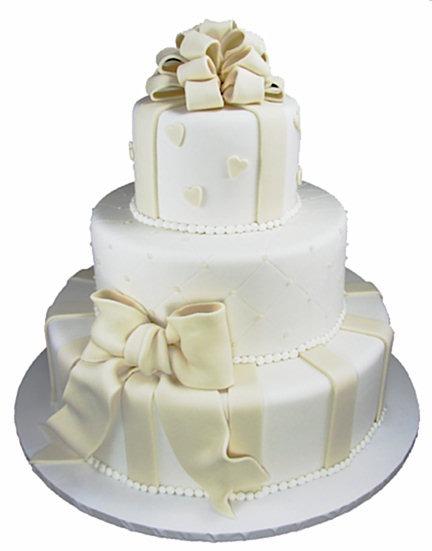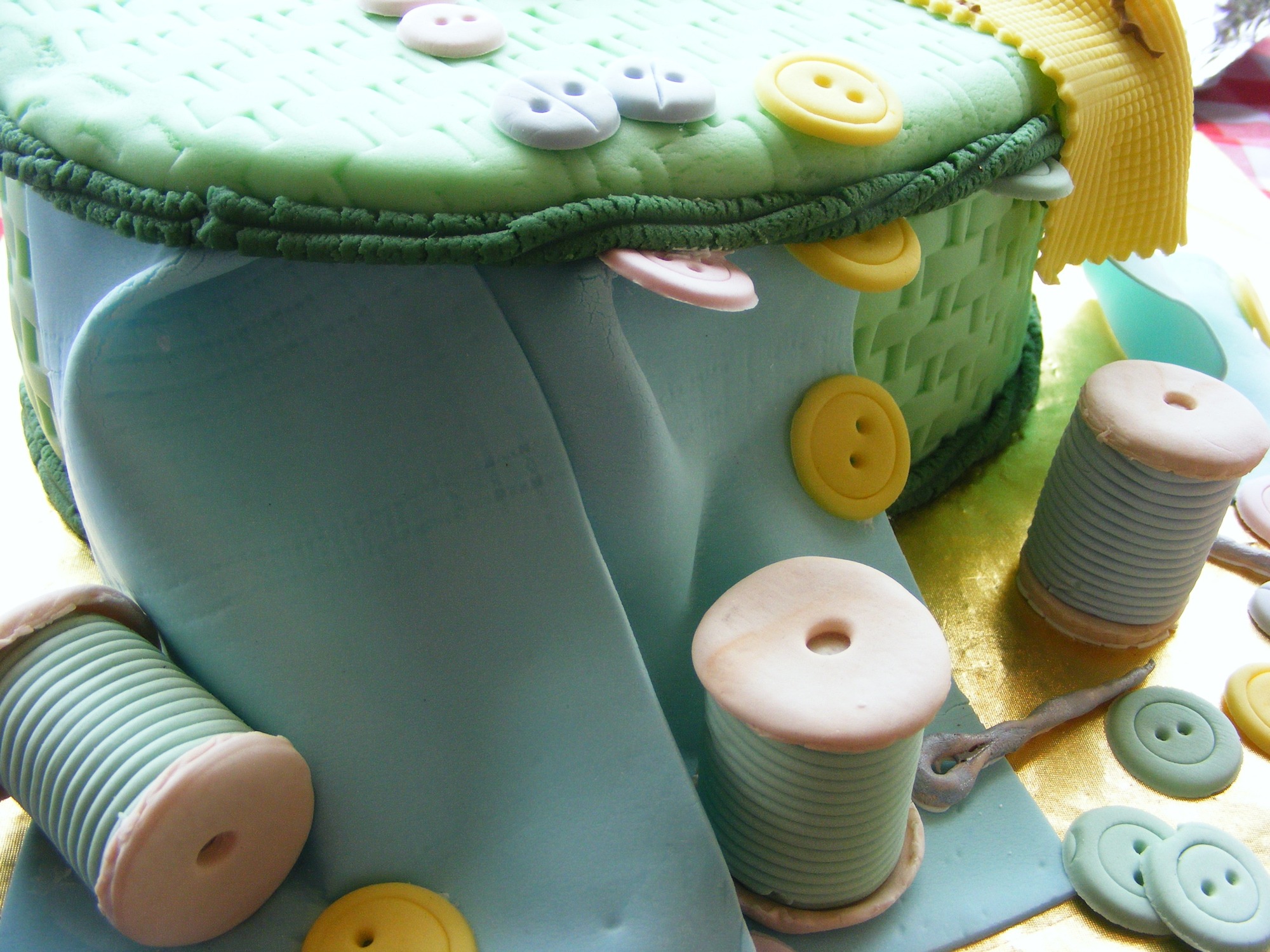Cakes are enjoyed by anyone. It is a necessary component of any celebration. It might be a wedding, a birthday, an anniversary, Valentine’s Day, Christmas, New year, Mother’s Day, Father’s Day, etc.
One type of icing is fondant which is made from sugar, water, gelatin, vegetable fat or shortening, and glycerol. Fondant icing, also known as simply “fondant,” is an icing used to decorate or sculpt cakes and pastries. The term has the same root as fondue and foundry, and it means “melting” in French.
Cakes are now embellished to increase their aesthetic appeal. You may have noticed that the fondant cake’s outer layer may be embellished with lovely flowers or any decorations to make them even more lovely. The icing on the cake’s outside is what we call fondant.
What exactly is a fondant? Cakes and pastries are decorated and given shapes with fondant icing. Depending on your preferences, they can be flavored, embossed, or rolled in different forms. Any special celebration must include a cake-cutting ceremony. Cakes today are a visual feast since they are not only delicious but also beautifully ornamented. Cakes may be beautifully decorated with fondant, a form of icing, to make them appear more appealing.
The difference between fondant’s texture and other types of icing is what makes fondant icing special. On expensive cakes, such as those served at weddings and large gatherings, intricate and imaginative designs must be made using more adaptable decorative icing. Gelatin, sugar, vegetable oil, and glycerol are the main ingredients of fondants. Gelatin is the primary component of fondant and is a transparent, flavorless food ingredient that makes fondant much easier to work with. The flowers that are created and placed on top of the cakes, as well as cartoon figures that you may see on top of them, are all produced using fondant and are all completely edible.
What is Fondant Made of?
The traditional cake may be compared to a creamy, savory spread that is applied with a knife or from a tube. Fondant, on the other hand, is something quite different. What then defines fondant? It is combined with sucrose (sugar) in water to create fondant. There is a limit to how much sugar water can hold at normal temperatures. Water may store more than twice as much sugar, even at boiling points.
The best fondant is produced by combining sugar and heating water until soft ball forms. Sometimes cream of tartar is used for added stability. Once it is prepared, you may roll it into sheets to create rolled fondant or combine it with corn syrup to create poured fondant.
What is Fondant Cake?
Sometimes, specifically baked pastries are referred to as “fondants.” The word “fondant” was frequently used to refer to chocolate cakes with molten centers, such as the American chocolate lava cake, especially in the UK and France. But in the US, a cake is typically referred to as a “fondant cake” if fondant has been used to cover it instead of buttercream or another frosting. The fondant is a terrific final touch if you want your cakes to seem easy and professional.
Types of Fondant
The fondant changes a conventional sponge/layer cake in the same way as getting a makeover changes you. If you have read this far, you have probably got a general concept of what fondant is. But did you know that this fondant comes in a variety of forms? Amateur, and professional bakers utilize numerous types of fondant to create a variety of designer or theme cakes. There are at least four roughly categorized varieties of fondant, including rolled, pour, sculpting, and gumpaste fondant. Let us learn more about them in depth to comprehend which of them is utilized in various types of cakes, etc.
1. Rolled Fondant
The most popular fondant, which resembles smooth pie crust, is frequently wrapped over cakes to cover them and carved into decorative shapes or strips. Some specialized stores sell it in sheets, but you may also buy it in dough form and roll it yourself.
2. Pour Fondant
It is liquid and creamy and frequently used as a covering or filling for cakes, pastries, sweets, and other treats. It produces a beautiful, somewhat sheer glaze for a cake or cupcake and may be used to make the glaze in any color you like. Warm it up and pour it over the object you want to frost, adjusting it as you go.
3. Gumpaste Fondant
It is a type of rolled fondant that dries entirely to become hard. It is frequently employed to fashion edible sculptures, flowers, and other objects. You may roll it out into thin layers without worrying about it ripping because it is a little more resilient than fondant.
4. Sculpting Fondant
On the other end of the spectrum, it has a firmer consistency and is utilized to create sculptures like busts. Similar to rolled fondant, sugar paste or gum paste completely hardens, making it possible to utilize it to create larger cake decorations like bride and groom figures or substantial flowers.
How to Make a Regular Fondant?
Ingredients:
- 2 teaspoons of unflavored gelatin
- ½ cup glucose syrup or corn syrup
- 1 tablespoon of glycerine
- 2 tablespoons shortening or butter
- 1 tablespoon of vanilla extract
- 8 cups sifted confectioners sugar
Instructions:
1. Cold water and gelatin should be added, then left to thicken. The gelatin mixture should dissolve after it is heated in the boiler.
2. Mix in the glucose and glycerin. Before the shortening completely melts, take it from the heat and whisk in the vanilla extracts. Wait until the mixture is lukewarm before cooling it.
3. In a big bowl, add 4 cups of confectioners’ sugar. Create a hole in the center, then add the heated gelatin mixture by stirring with a wooden spoon. Add a small amount of sugar at a time and stir until the stickiness is gone. Once the fondant is smooth, spreadable, and sticky to the touch, knead in the remaining sugar. If it is too harsh, add water; if it is too soft, add more sugar (one drop at a time).
4. Fondant can either be used right away or stored in an airtight container. Or you might keep it in the refrigerator. Bring it to room temperature before using, then knead it one more until it becomes soft.
Should Fondant Icing be used on Wedding Cakes?
The fondant icing gives the cake an extremely smooth and polished appearance, making it a classic wedding favorite. Powdered sugar, corn syrup, and water are heated together to create a thick paste that is used to make fondant. This paste is extremely smoothly drawn out and then applied to the cake to give it a finished appearance. Due to the flexibility and durability of fondant icing, we can make intricate and complex designs.
Once dried, it has a chewy texture and a sweet flavor. Because fondant is so simple to peel off a cake, it is rather typical for wedding guests to do so and opt to simply eat the cake.
Choose fondant icing if you have always wanted a wedding cake that looks neat, smooth, and finished. While buttercream may be smoothed out, fondant can achieve an ultra-smooth look. It is strongly suggested to use fondant if you have always desired intricate designs like draping, patterns, characters, or bows.
If a cake needs to travel farther, fondant would be a smart option because ganache or buttercream might not make it. A fondant-covered cake is also more likely to survive in summer temperatures.
Conclusion
Fondant is made from sugar, water, gelatin, vegetable fat or shortening, and glycerol. Fondant icing is a great option for making and/or enhancing cakes. It can be fun to experiment with when baking and can be a delight to enjoy.




